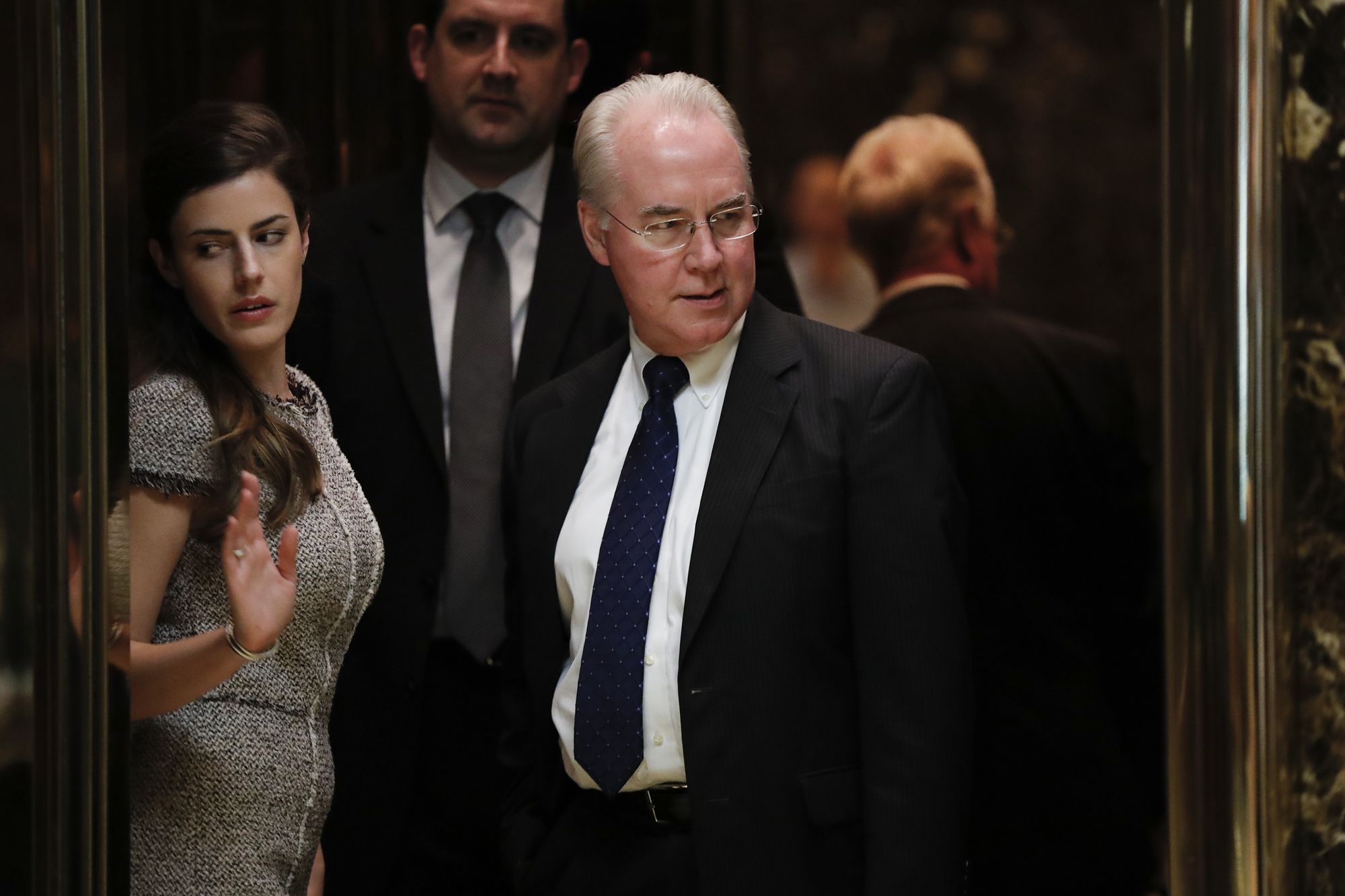The Affordable Care Act’s passage in 2010 was one of the most significant social innovations in the past half-century. After repeated, failed attempts at reform—dating back more than a half-dozen Presidents to FDR—President Obama succeeded in securing major changes to America’s health care system.
More than 22 million uninsured people gained health coverage, resulting in the lowest uninsured rate in U.S. history. People with pre-existing health conditions can no longer be denied coverage by insurance companies. Annual and lifetime caps in insurance payouts are barred, thereby protecting people with major illnesses and accidents. Health care coverage must be comprehensive—it cannot be filled with holes. Women can no longer be discriminated against in premium costs. Young adults can stay on their parents’ insurance plans until their 26th birthday. Preventive care is provided at no cost.
Get TalkPoverty In Your Inbox
These changes have made a huge difference in the lives of millions of people. Because of the Affordable Care Act (ACA), all Americans are far less likely to go bankrupt after a major accident, or be penalized for chronic conditions, or have a minor illness spiral into a serious medical problem. There has also been remarkable progress in extending coverage to low- and moderate-income families and individuals.
To be sure, the new law is far from perfect. There are still millions of people who don’t have health coverage, in part because 19 states have refused to expand Medicaid. In the individual private insurance marketplace, fewer insurers are selling coverage and premiums are rising at unacceptable rates. High-quality care still has too high of a price tag. But the ACA established a strong foundation that we can build on.
Unfortunately, the progress we have made may soon be reversed. President-elect Trump and congressional Republicans are determined to repeal the law. They also want to convert the Medicaid program—which currently serves more than 73 million low-income people—into a block grant with significantly diminished funding. These changes to Medicaid would kick people off of the program, reduce its coverage, and lead to deductibles and co-payments that recipients cannot afford.
For nearly seven years, we have heard from conservatives that they will repeal and replace the ACA. While congressional Republicans now have a clear plan to repeal the law—in short, to repeal it in early 2017 but delay implementation so that people don’t start losing their insurance until after the 2018 midterms—they have not put forward a unified proposal on what to replace it with. That means when they vote to repeal the bill, they will have no idea what the changed health care system will ultimately look like.
If Congress moves forwards with this half-baked plan, an estimated 30 million people will lose health coverage, while the wealthy receive massive tax breaks. That would more than double the uninsured rate, and flip the country from having its lowest uninsured rate in history to its highest in decades. Eighty-two percent of the people who will lose coverage are in working families, and four out of five don’t have college degrees. These numbers will be even higher if the ACA repeal is combined with the proposed restructuring of Medicaid.
The net result is a lose-lose-lose-lose proposition. Millions of Americans would be priced out of the care they need. Many hospitals, especially those in rural and low-income communities, will need to close because they cannot afford to care for uninsured patients. And the health care sector will face enormous job losses, which would have a major ripple effect throughout the economy. Finally, states would not only lose significant federal revenues, they would face an increase in expenditures to help pay for some care for the newly uninsured.
A new coalition, “Protect Our Care,” is focused on helping the public understand the harmful consequences we would face if the ACA is repealed and Medicaid is gutted. The coalition aims to ensure that its education and mobilization effort effectively reaches the public, opinion leaders, and policymakers before it is too late.
It behooves people of good will, from both political parties, to work together to ensure that we continue to improve our health care system—not take large steps backwards that would create chaos.
Editor’s note: TalkPoverty presents this series in collaboration with the Georgetown Center on Poverty and Inequality.









